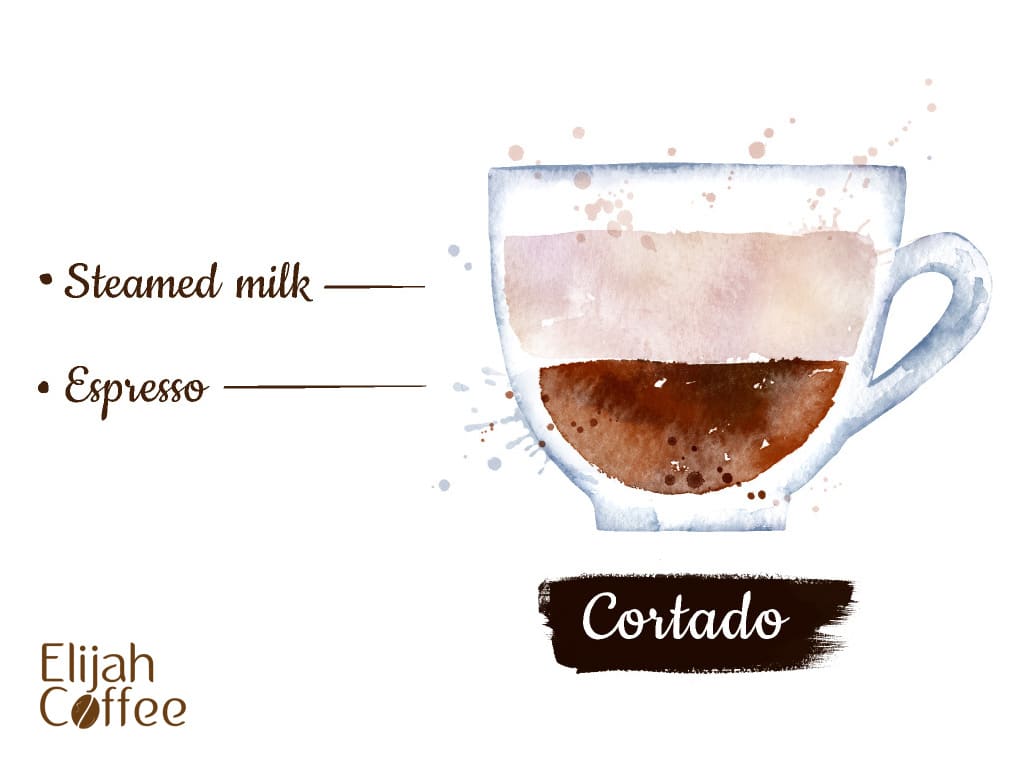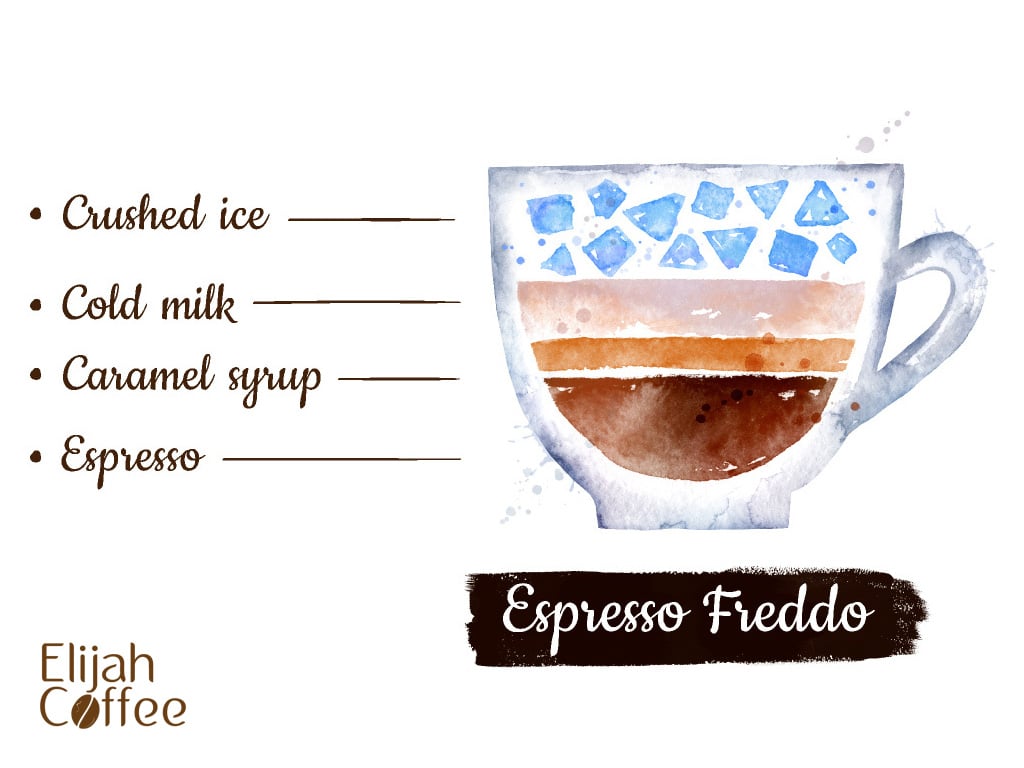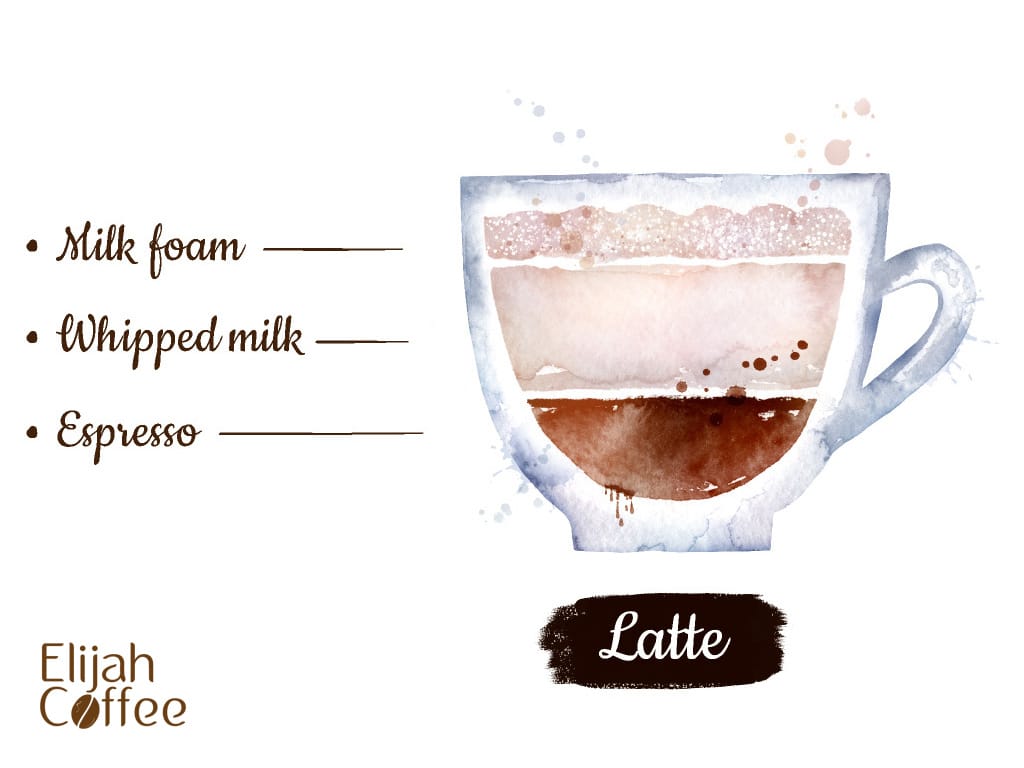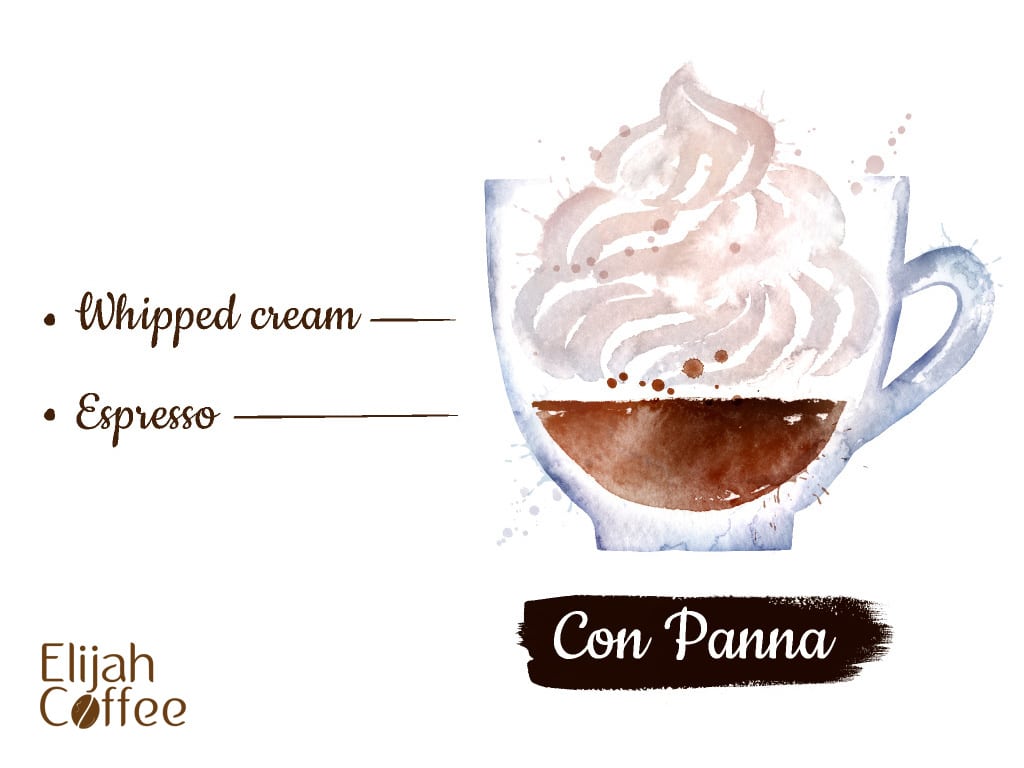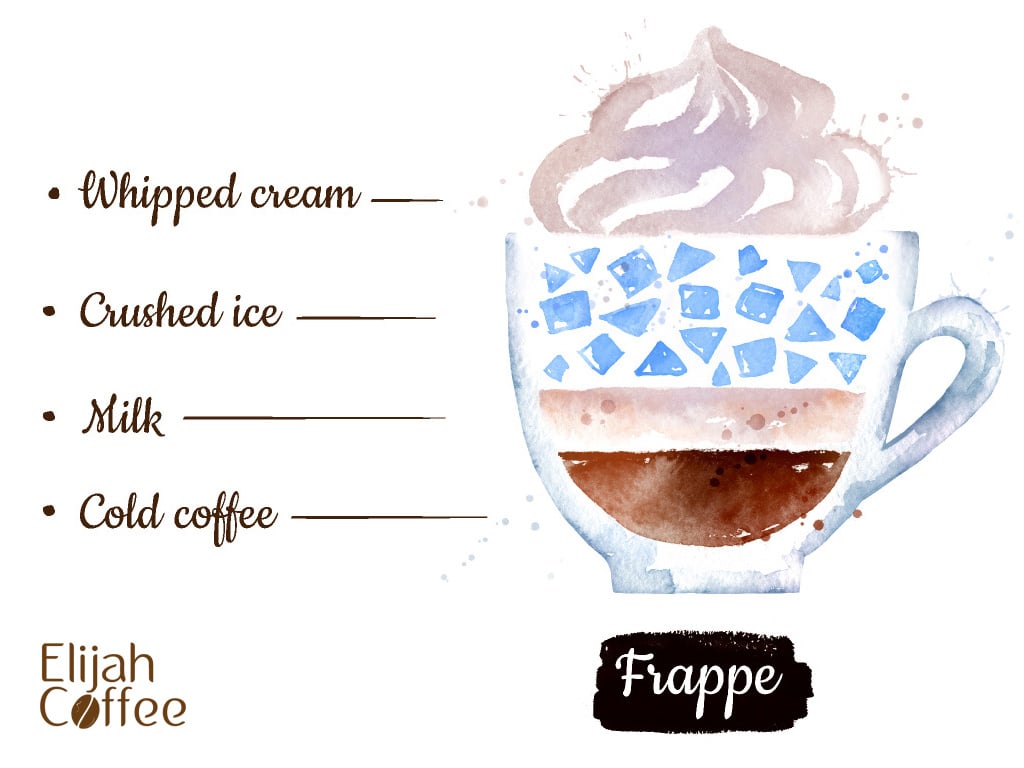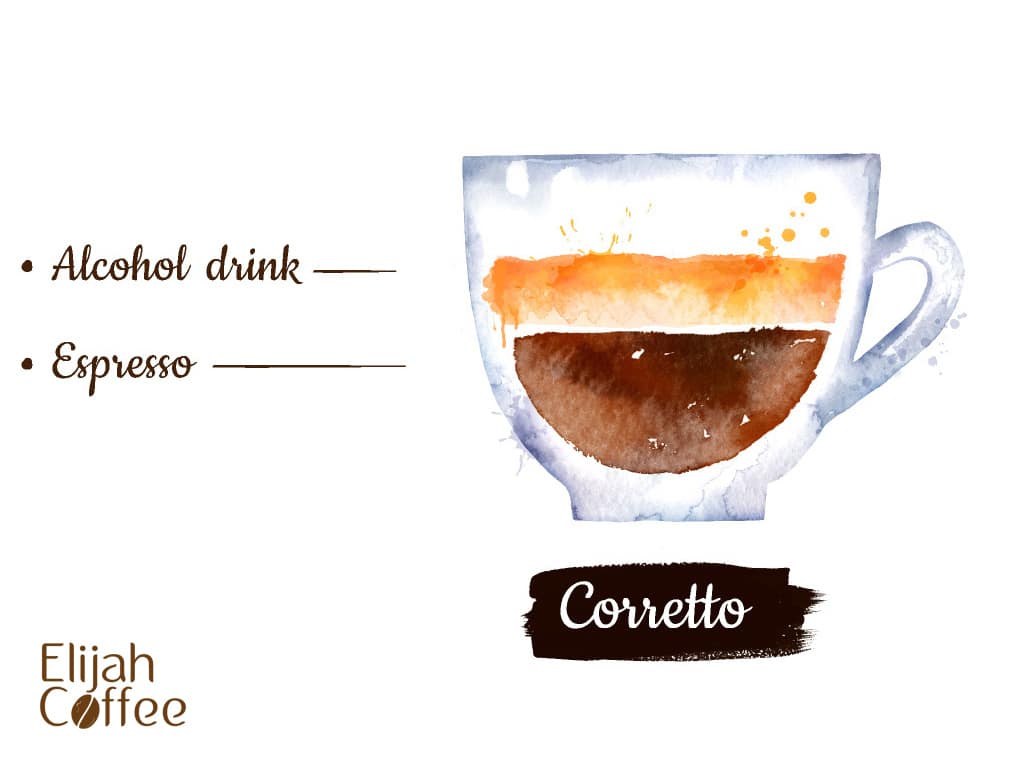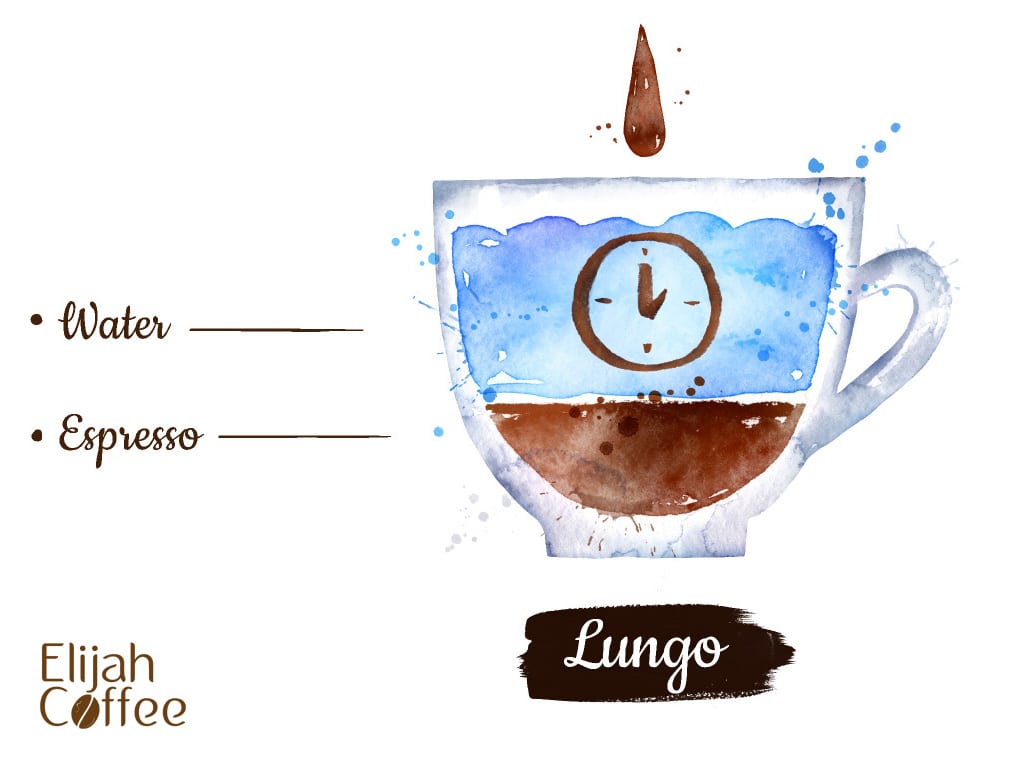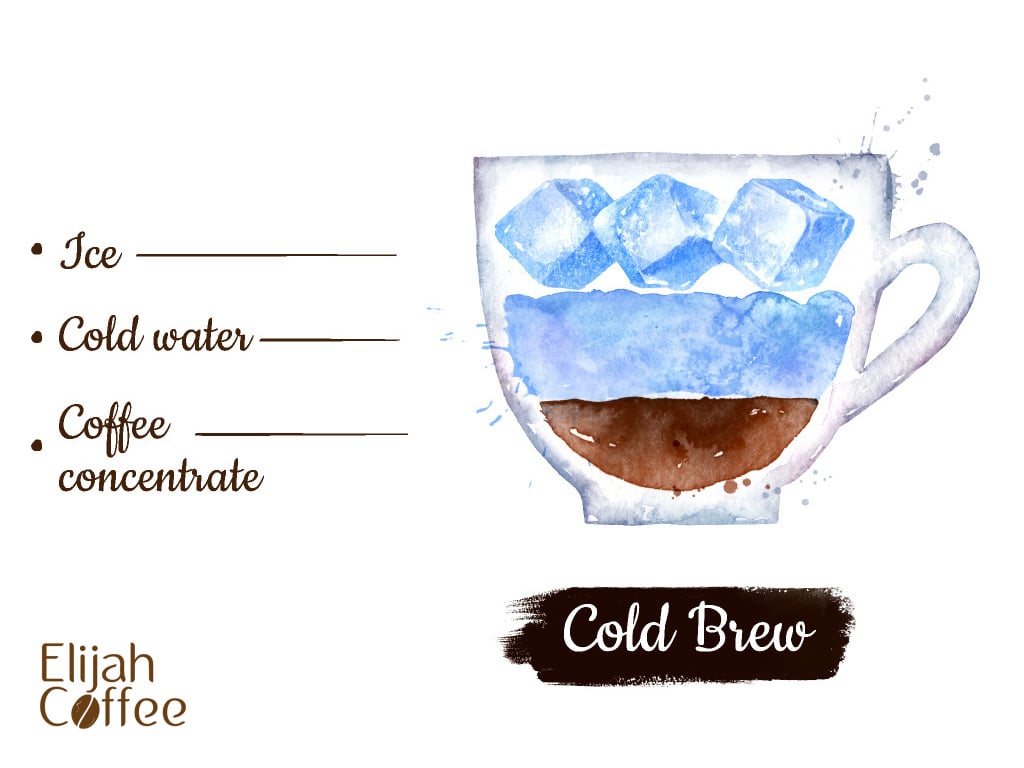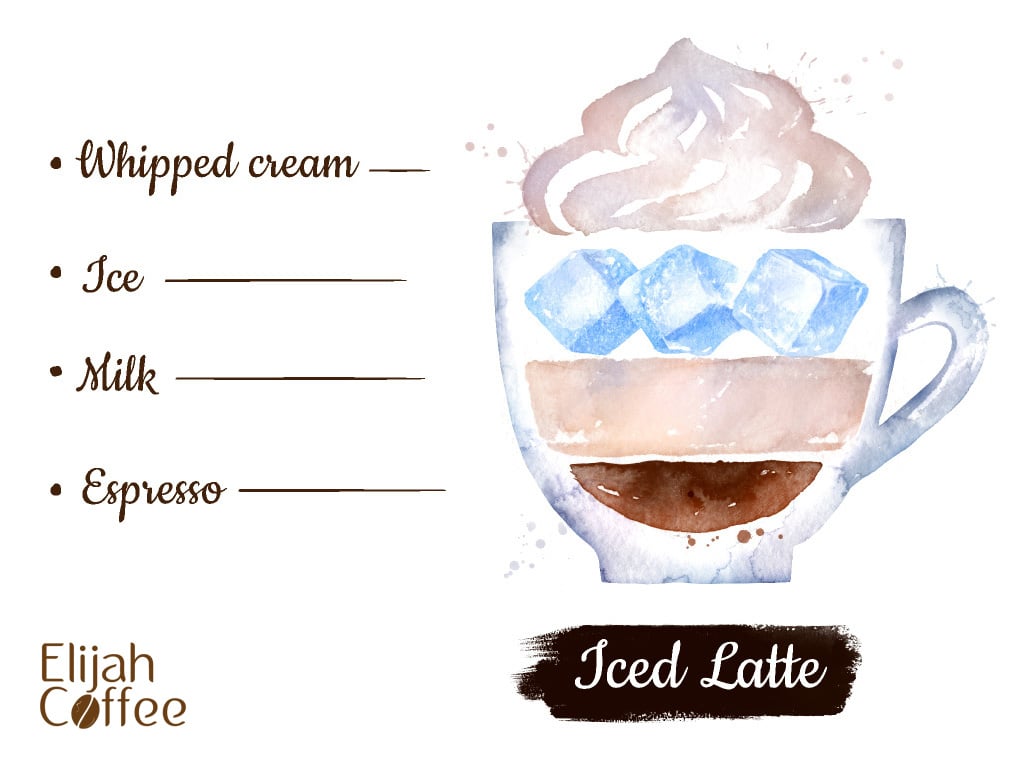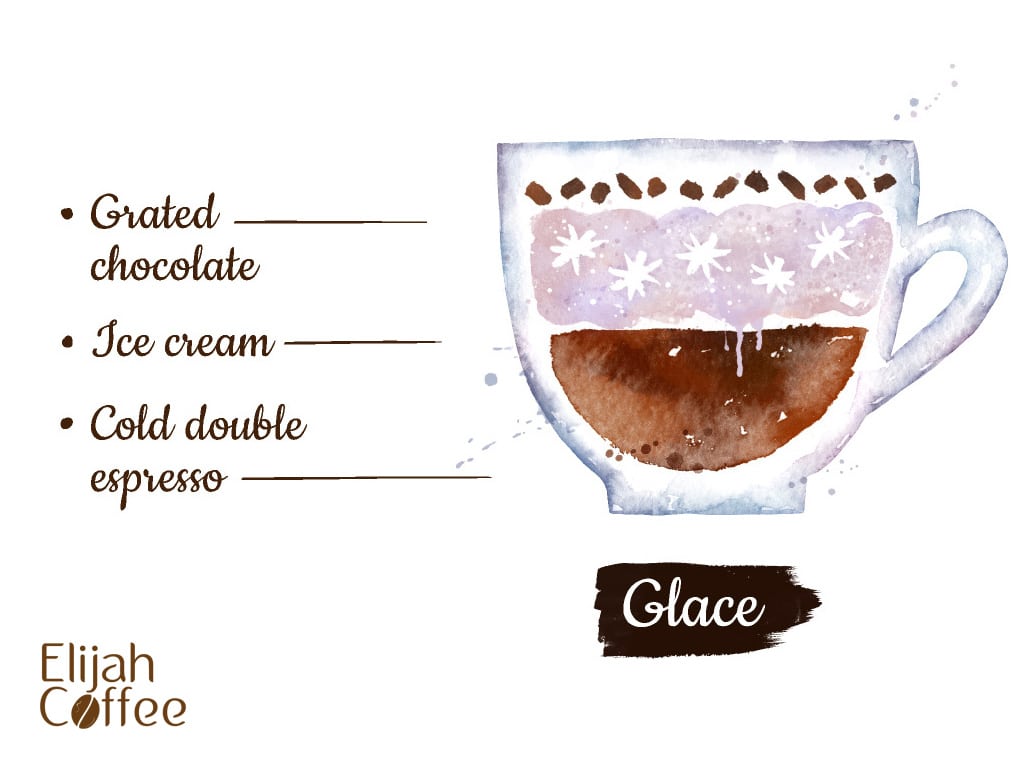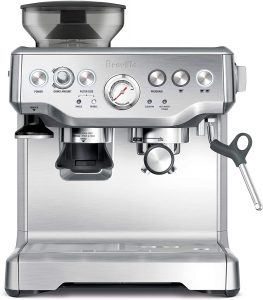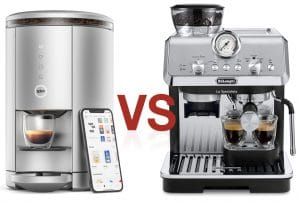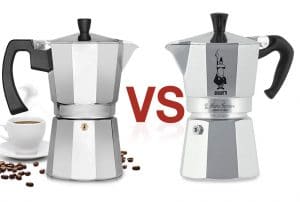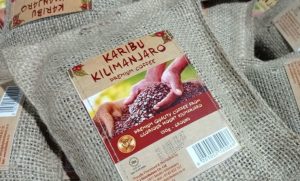No one would turn down an artisan barista made coffee from the local coffeehouse, an authentic Japanese 6-hour long drip over ice, or an Italian-made coffee from the streets of Trieste. But aside from a treat with friends and that possibly once-a-year trip – if lucky – most of us common folk can’t always afford to splurge on a handcrafted work of art anytime we like. Unfortunately, we must add to our grief over the tragic closure of numerous corner cafes under this years’ pandemic conditions, which may have left some of us dreaming late into the morning of strong coffee and latte art.
If you haven’t already fallen into the cult of home-made coffee, whether it be percolated, stove-top or via machine capsules or pods, you may be overjoyed to hear that you can make and relish a perfect blend in the comfort of your own home by purchasing and grinding your own beans. Whilst this path won’t involve any immense discount from no-grind methods – such as pre-ground store bought beans – you can be assured a fresh, high-quality brew rivaling that of the most coffee-stained Italian barista’s palms.
From the initial step of selecting and buying the beans, to finding a way of grinding that works best, we have done the research for you and laid out some well-informed tips to determine whether it is worth it to buy and grind your own coffee beans, and the quality enhancing virtue of doing it all yourself.
What Options Are on The Table?
To be clear, coffee comes in a tremendously vast array of type, quality, and preference – as the traditional coffee snob would rightfully never permit you to forget. The final texture, aroma, taste, and subtle hints of hidden ingredients are gradually formulated throughout every stage of the process. Primary is the location the beans are grown and harvested, their manner of storage and roasting, as well as means of packaging, travel, and more.
Aside from the obvious restaurant-bought coffee, delightfully DFY-ed (done for you), there are numerous ways that compulsive junkies of this hot stimulant have been drawn to, in their efforts to ease the daily cravings. Of course, we couldn’t go so low as to even mention the dreaded “instant” method that many a staff-room visitor has learnt to despise, although there are several newer instant-style options that will outdo those disliked brands. In addition, and at a higher class than instant granules, can be found coffee bags, which have elevated to a trendy spot in the buyers’ market.
On another level, are smaller, domestic coffee machines, fitted with various degrees of functionality, such as pods and capsules for which only water refills are necessary. Today, there can be brought self-filling coffee pods or capsules, such as used in Nespresso machines. Other machines are more complex and allow for the self-taught expert to pour a shot, froth milk and even warm their coffee cups.
Further, as diverse traditional and contemporary coffee makers will tell you, there is no other way than the stove-top Italian-born method, or by means of the French press, or via the slow-drip-16-hour Japanese and Korean-style coffee, for producing the strong and intense flavors you can meaningfully imbibe.
Having run through the many means by which your home can be transformed into the next up and coming coffee house for yourself, your family and any sneaky underground get-togethers, Shhh… the question you may still have on the tip of your tastebuds will likely be one related to the contents of your pocket and the weight of gold you’ll be intending to set aside in pursuit of your self-made barista career: is it cheaper to buy and grind your own coffee beans?
But first, let’s get to the nitty gritty of the home-ground bean.
The Nitty Gritty of the Grind
There is no significant difference in price between pre-ground and whole beans. When it comes to quality, however, you might be persuaded to head for the fresher method and grind the beans yourself. That bag of coffee might seem fresh when first opened, but by the following day, it will already be heading towards something quite stale and flat.
Alternatively, consider grinding the beans yourself. To do this, you can certainly go by the age-old mortar and pestle method – just consider getting a separate set to ensure you don’t alarmingly end up with pepper or curry sprinkled coffee grinds. If you don’t have the time and physical energy to grind it manually, you may need to purchase an electric coffee grinder, aside from constantly rolling up at the local café and awkwardly asking them to grind the beans for you, that is.
Whilst some excellent brands of coffee grinder may last you for years of grinding, a cheap Bodum or other grinder can do the job just as well, and often only set you back about $30 USD. Ensure to select the right grind size for your type of brew, as every brewing method – from home espresso to Turkish coffee – has its own ideal grind profile. For the beginner, the blade-style grinder is affordable and will get the job done. A burr-grinder, on the other hand, crushes the beans instead of grinding them, and whilst more costly, can offer better precision and consistency.
Of course, you may decide to go with pre-ground coffee rather than splashing out on a small appliance. If this is where you’re at, buying the ground beans from sources that send you coffee that has been roasted no more than a few days prior, will lead to a higher quality cup minus the need to grind your own. Having said that, for the ideal freshness and higher standard of grind, opt for buying whole beans and grind just before brewing.
Get Ready For the Grind
Confronted with a dizzying display of coffee creation methods for use in your own home, whether it be coffee bags or cones, percolate or plunger, all this coffee – or lack thereof – may be exhausting simply to contemplate. But there is a straightforward and promising path to reach that miraculous cup of coffee from the safety of your home.
By buying whole coffee beans and grinding them yourself, you can take pleasure in fresh and delicious barista-style coffee at a similar price to buying pre-ground beans. Only requiring the initial investment in a coffee grinder, as well as the actual beans themselves, you can simply choose a brewing method – a whole discussion for another day – and are on your way to becoming noticed as the neighborhood coffee connoisseur. So, ensure to maintain social distancing with your not-so-secret coffee-loving visitors and please grind responsibly.










